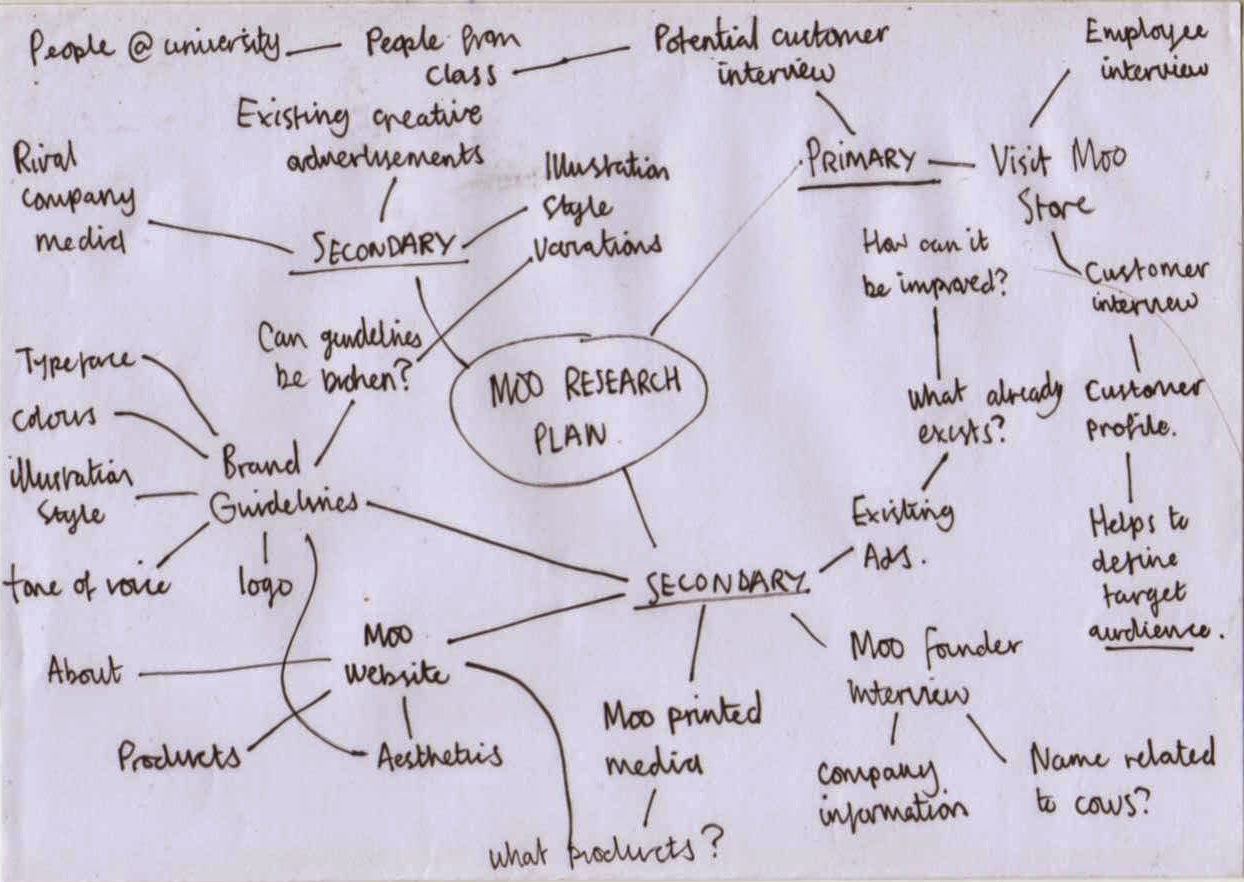After selecting the brief, one of the first tasks I completed as part of the project was the development of a research plan, the main function of which is to help define a selection of research focuses that have relevance to the project.
Additionally, as I am working to a tight timescale with the brief while simultaneously balancing it alongside a number of other projects, it is essential that I stay organised and keep moving forwards with the project to ensure it is finished to a high standard in time for the submission.
Additionally, as I am working to a tight timescale with the brief while simultaneously balancing it alongside a number of other projects, it is essential that I stay organised and keep moving forwards with the project to ensure it is finished to a high standard in time for the submission.
THE RESEARCH PLAN
I started the task by creating a simple spider diagram that explored the possible areas into which research could be collected.
After completing the diagram I reviewed the potential research directions and assessed their relevance to the brief, a process which was completed by comparing the applicability of the information generated against the briefs contents and project timescale.
RESEARCH DIRECTIONS
Once I had completed the assessment process I was left with a list of research areas, both primary and secondary, into which information relevant to the brief can be collected from.
As the brief itself is very specific with about every detail imaginable, defining relevant areas into which primary research can be collected was very challenging. Currently, the MOO brand identity and audience are already set in stone. Therefore, any primary research collected as part of the project will be done so to help me further understand the MOO customer profile and the specifics of services offered by the company.
The refined selection of research areas is listed below;
PRIMARY
- Visit MOO store in London.
- Unstructured interview with customer.
- Unstructured interview with employee.
- Unstructured interview with potential customers (LCA students).
SECONDARY
- MOO brand guidelines.
- Typefaces.
- Colour schemes.
- Illustration style.
- Tone of voice.
- Logo use.
- Styling Limitations.
- Existing MOO advertisements.
- Print based.
- Digital.
- Watch MOO founder interview.
- Company specific information.
- Review MOO Website.
- Existing products and services.
- Information.


No comments:
Post a Comment